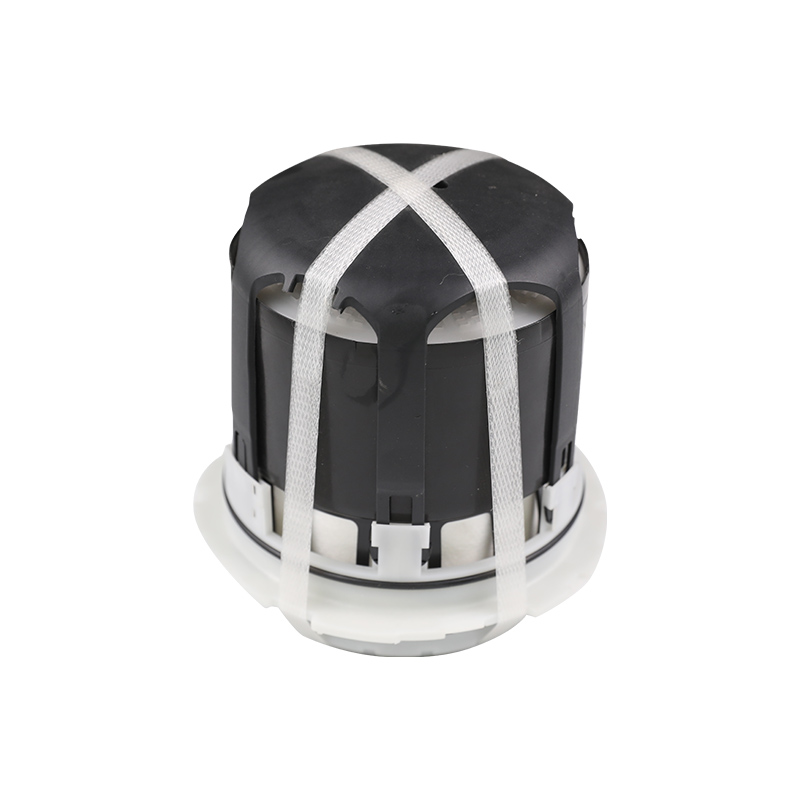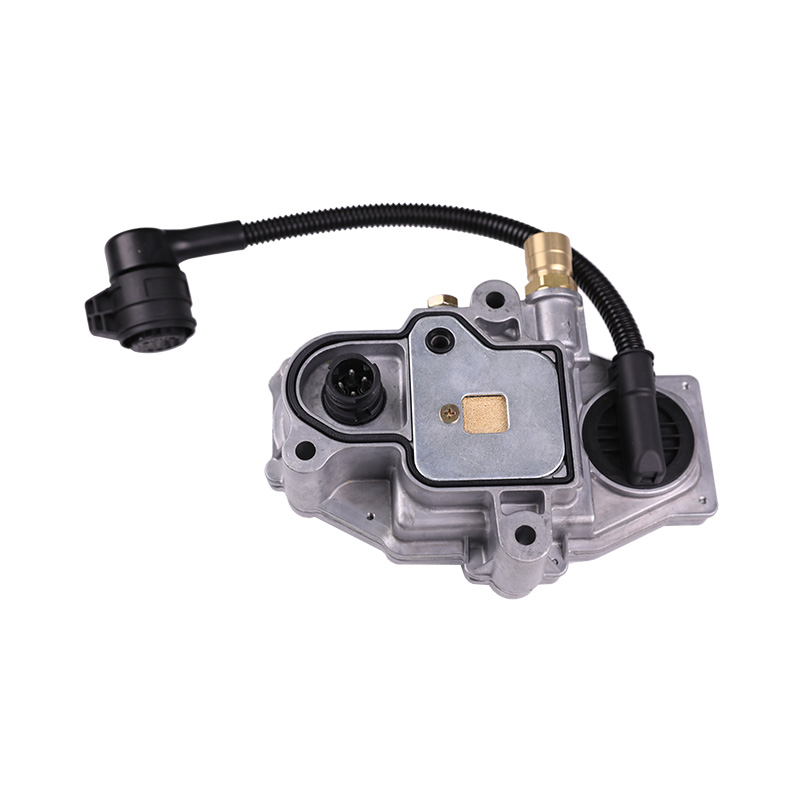Brake air dryers play a critical role in maintaining the integrity and functionality of a vehicle's air brake system by removing moisture from the compressed air supply.
The inlet of Moist Air: The process begins with the inlet of moist air into the brake air dryer. Moisture-laden air is drawn from the vehicle's air compressor, which compresses ambient air to power various pneumatic systems, including the brakes.
Desiccant Material: Inside the brake air dryer, there is a desiccant material, often made of silica gel or a similar substance. Desiccants have a strong affinity for water molecules and are capable of adsorbing, or trapping, moisture from the surrounding air.
Adsorption Phase: The moist air passes through the desiccant bed within the brake air dryer. As it does so, the desiccant material adsorbs moisture from the air, effectively trapping the water vapor. The now dry air continues its path through the system, heading toward the vehicle's air brake system.
Valves and Chambers: Brake air dryers are equipped with valves and chambers that facilitate the adsorption and regeneration phases of the drying process. These components are responsible for directing the flow of air and desiccant within the brake air dryer.
Regeneration Phase: Over time, the desiccant material becomes saturated with moisture and needs to be regenerated to maintain its effectiveness. To achieve this, a small portion of the dry air from the outlet is diverted back through the desiccant bed. This air is typically heated, which serves two purposes:
Heating the Desiccant: The heated air warms the desiccant material, causing it to release the trapped moisture in the form of water vapor.
Increasing Moisture-Carrying Capacity: Heated air can hold more moisture than cold air. By raising the temperature of the air during regeneration, it becomes more efficient at removing moisture from the desiccant.
Exhaust of Moisture: The moisture released from the desiccant material during the regeneration phase is expelled from the brake air dryer. This ensures that the desiccant is ready to adsorb more moisture in the subsequent adsorption phase.
Outlet of Dry Air: After passing through the desiccant bed and completing the adsorption and regeneration phases, the dry air exits the brake air dryer. This dry and moisture-free air is then delivered to the vehicle's air brake system, ensuring that the compressed air used to power the brakes is free from moisture.
Maintenance and Replacement: Over time, the desiccant material within the brake air dryer becomes exhausted and less effective at removing moisture. Routine maintenance is essential to ensure the continued performance of the brake air dryer. This maintenance typically involves periodic replacement of the desiccant cartridge, which contains the desiccant material.






